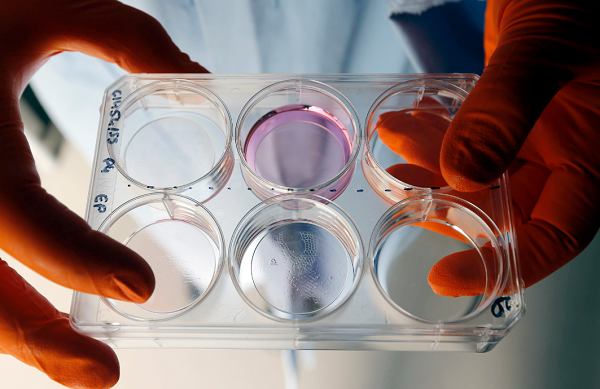Cure For Growing Old? New DNA-Editing Tool Could Correct Mutations And Diseases Associated With Aging

A new way to edit DNA that can fix broken genes, alter the effects of aging, cure diseases and possibly lead to longer life has been discovered. The new practice, called HITI, is the first successful gene editing tool that can replace damaged genes with fully functioning versions of DNA in adult cells, according to the Salk Institute study, which was published in Nature journal on Wednesday.
The study was tested on rats suffering from retinitis pigmentosa — a genetic disorder that causes the loss of cells in the retina that can eventually lead to blindness — which affects approximately one in every 4,000 people in the U.S., according to the National Eye Institute. With the help of HITI, researchers were able to alter the genes in the rats’ eyes, which led to better vision.
During the study, three-week-old blind rats were injected with a virus packaged with gene-editing capabilities targeted at retinal cells. When the rats were eight weeks old, researchers discovered their vision had improved after they started responding to light. Although their vision wasn’t completely restored, researchers said the rats passed a number of tests that showed their retinal cells were restoring. Albeit an early success, the improved vision in rats through the help of HITI made it clear that the new technology was effective.
The new gene editing tool can be used to manipulate DNA mutations that are generally associated with aging, which could potentially lead to longer life, said Robert Maclaren, an Oxford University professor who was not involved in the study.
"Since aging is defined as picking up DNA mutations, the ability to correct these mutations may, in future, provide us with a means of extending our lifespan as well as treating many diseases that relate to aging," he told the Independent.
Scientists have been unable to make changes to DNA in the eyes, brain, liver and heart to adult cells beforehand because tissue cells in an adult body do not divide. However, before HITI there was another process of DNA-editing, in which scientists could cut out and replace dividing cells with synthetic replacements through a procedure called Crispr that could only be used on dividing cells, like the cells of an embryo.
Further research would need to be conducted before scientists can test HITI on humans, Salk Institute scientists said. But they were confident clinical trials would be underway after more extensive studies were conducted.
© Copyright IBTimes 2024. All rights reserved.





















